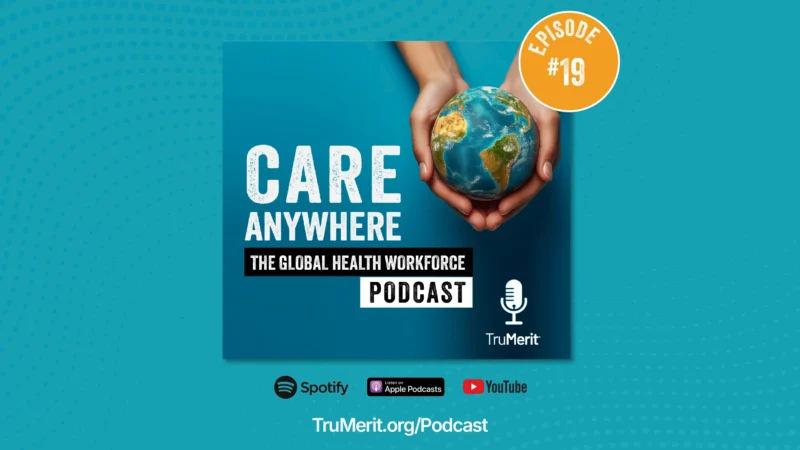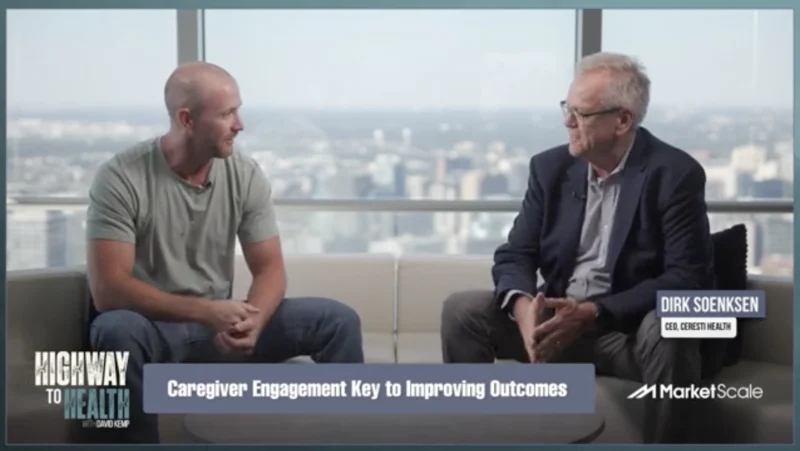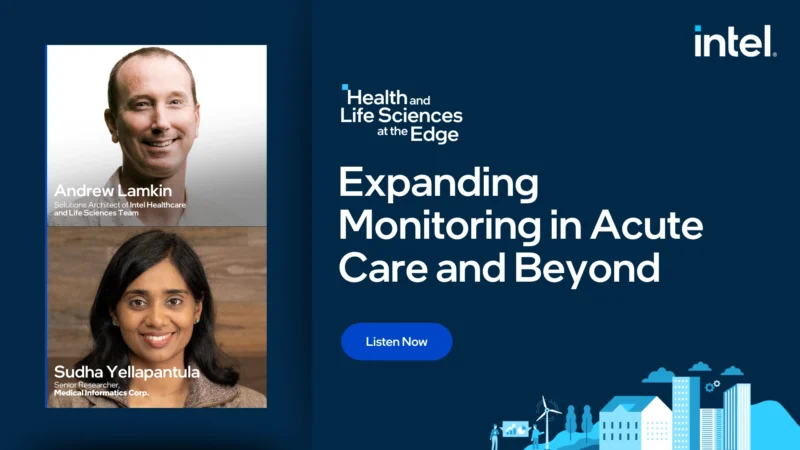How does Carevive ensure data security?
In this video, Stan Norton, the Chief Technology Officer at Carevive, sheds light on the robust privacy measures implemented to protect patient data. At Carevive, patient privacy is of utmost importance, and the team is dedicated to upholding the highest standards.
To ensure compliance with federal regulations, the company conducts an annual HIPAA risk assessment. This comprehensive evaluation helps identify any potential gaps in their processes, enabling them to proactively address and mitigate risks.
Norton emphasizes the use of physical mechanisms, in accordance with HIPAA security rules, to securely store data in a high-trust, SOC 2 Type 2 certified cloud environment. Additionally, Carevive remains vigilant against cyberattacks, employing proper endpoint management to safeguard sensitive information.
With a long-standing commitment to data security and privacy, Carevive assures patients and partners that their data is handled with the utmost care and protection. The team welcomes any further discussions on their privacy measures and is always ready to provide more insights into their robust data protection practices.




